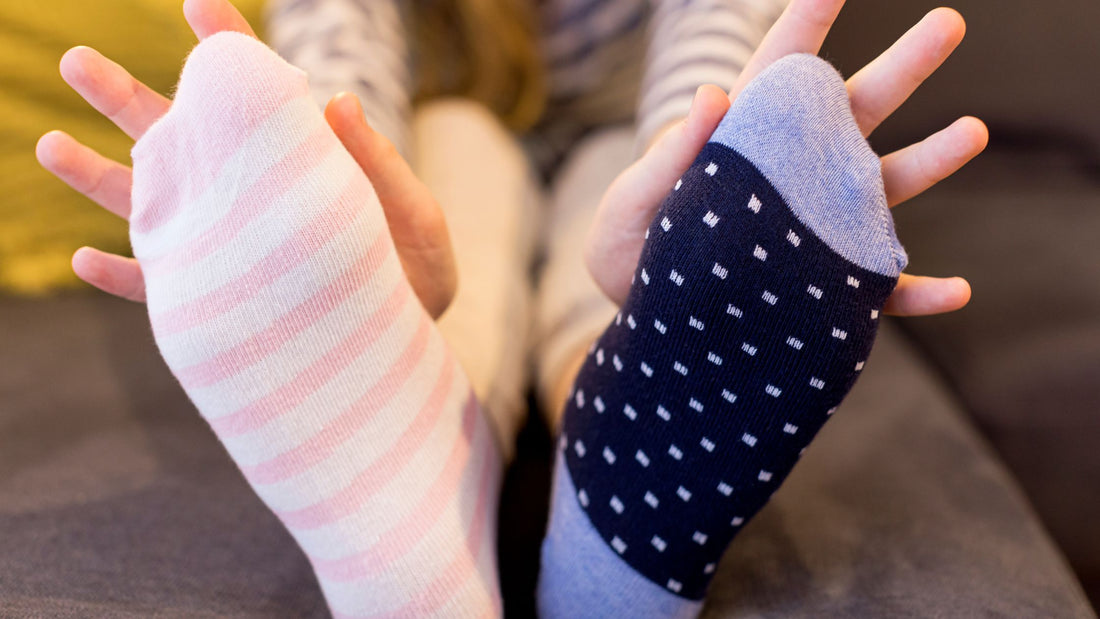
Step vs Bio: Essential Relationship Differences
Share
Meaningful, significant relationships and secure attachments between adults and children are built, established and maintained over time. In this way relationships between a parent and child and between a stepparent and stepchild are comparable. They require warm, caring and responsive interactions. They are not static. They can be sensitive to external factors. They are influenced by time, experiences, preferences, temperaments and developmental stages. They are also both relationships that shape a young child’s perceptions of themselves and of others.
However there are several unavoidable reasons as to why these relationships have very different characteristics and dynamics that, if not recognised and understood, can add to the unique stressors and demands faced by stepfamilies and the children who are a part of those families.
- The parent/child relationship (more often than not) has a longer history than the stepparent/stepchild relationship – Biologically related parents and children have had a much longer time to get to know each other and greater opportunity to develop shared activities and interests than stepparents and stepchildren. For biological parents the bonding process typically begins at point of conception and continues as their children grow. This means that parents are generally more tolerant of their own children’s personalities and behaviours than of someone who they do not know them so well. The reverse is also true. Children are bonded to, and thus often more tolerant of, their biological parents.
- Stepparents may be asked to assume a parental role before emotional ties with their stepchild have been established – Biological parents have the opportunity to grow into their parenting roles. Stepparents on the other hand are often thrust or jump into the role of “instant parent”. They are also expected to immediately adjust to this new role as though parenting/stepparenting is an innate skill – which it is not!
- There is no legally recognised relationship between stepparents and stepchildren – Unlike birth, adoptive or even foster parents there is a lack of a legal relationship, which can add to the ambiguity of the stepparent role. This can lead to some stepparents feeling less involved and/or a loss of stature in terms of parental authority and responsibility.
- Children’s loyalty to their biological parents may interfere with their acceptance of a stepparent (regardless of how nice the stepparent may be). In an intact, healthy family, children typically love both parents (and others) without concern for their parent’s emotional wellbeing. Children in stepfamilies no matter their age, are always going to have natural loyalty binds towards their biological parents, such that they can feel guilty or disloyal at the entry of a stepparent into their inner sanctum – even if their parent’s separation was friendly and amicable or if a parent is deceased or has abandoned them. There is often the conundrum for kids of “If I care about (or even like) my stepmother, I betray my mom.” Or “If I care about (or even like) my stepfather, I betray or hurt my dad.”
The differences in these relationships can be subtle or very obvious depending on a number of factors, such as:
- whether the stepfamily was formed when the children were infants, school age, teenagers or adults, after divorce or widowhood;
- the level of conflict or animosity that exists (if any) between the separated parents and also between the stepparent and their child’s ‘other’ parent;
- the other parent’s support or acceptance of their ex having re-partnered; and
- the personalities and temperaments of all those involved.
Table 1: Comparison of parent-child and stepparent-stepchild relationships.
|
|
PARENT-CHILD RELATIONSHIP |
STEPPARENT-STEPCHILD RELATIONSHIP |
|
Family Structure |
Couple relationship established before the children. |
Child/parent relationship precedes couple relationship. |
|
Related by blood/genetics. |
No blood ties. Related by living together and/or marriage. |
|
|
Love and closeness expected and |
Respect emphasised. |
|
|
Relationship Status
|
Continuous from birth. |
Often subject to outside influences and control e.g. the child’s other biological parent and myths such as “the wicked stepmother. |
|
Uninterrupted and universally accepted. |
Complicated by divorce/death and accompanying grief and loss issues. Created and sustained by a partner relationship; the primary impetus for contact may be via the biological parent. If the partner relationship ends, the step relationship might also end. |
|
|
Focus and Support |
Accepted and encouraged by extended family member and also by society. |
Partial societal acknowledgement. May or may not be accepted by extended family members. |
|
Parents may try to preserve existing relationships with biological children above the investment in a stepchild relationship, thus curtailing the parent’s ability to connect to their stepchildren. |
||
|
Family History |
Have had time to establish history and traditions. |
Little or no shared history or experiences. Grief can be present; there are unresolved issues and hurts, and disappointments which may have never been properly addressed. |
|
Positions and Roles
|
Positions in the family for all members are generally recognised and understood. |
Positions in family are widely misunderstood and hold tremendous potential for conflict. |
|
The role of biological parent is ascribed by conception or birth. |
Role of stepparent is achieved over time. |
|
|
Child has only one role, that of biological child. |
Child occupies two roles, biological and stepchild. |
|
|
Language |
Clear, unambiguous label for mother and father in all languages. |
Lack of terminology around what children can or should call their stepparents. |
|
Legal Status |
Clearly defined. |
Often ambiguous and unclear. |
|
Parenting Styles
|
Parental style and expectations around behaviour are familiar and predictable to children. |
Stepparents are (in the beginning at least) unknown and unpredictable. |
AWARENESS OF THE RELATIONSHIP DIFFERENCES AND THE CHALLENGES THEY CAN CREATE FOR FAMILY MEMBERS IS ESSENTIAL FOR FOSTERING HEALTHY COMMUNICATION AND PROMOTING OVERALL WELL-BEING WITHIN A STEPFAMILY.
As outlined by Founder & President of Smart Stepfamilies Ron L. Deal in Stepparenting: The Attachment Difference, the differences in these relationships turn up in daily family life and in the behaviour of stepfamily members towards one another in variety of ways.
- Children can be quick to offer grace and forgiveness to biological parents, but can have a low tolerance for stepparents, even if both the parent and stepparent are behaving in the same way or saying the same thing.
- Children tend to (automatically) afford their biological parents “insider” status because they have always been Stepparents, however, are often viewed (and treated) with a “you don’t belong, outsider”perspective, in particular in the early stages of stepfamily formation.
- Children love (biological) parents, period. It isn’t decided; it’s automatic and deeply felt, whilst love for a stepparent has to be nurtured, tested and retested, and is ultimately a choice (for both the child and the stepparent).
- Auto-approval. This is the attitude that says, “If mum/dad says it, it must be right” and results in a natural bias toward approval of a biological parent’s actions. Stepparents typically do not receive a benefit-of-the-doubt attitude - especially if a stepparent’s opinion or instruction contradicts or differs from one or other of the (biological) parents.
- Auto-trust. Children assume that biological parents can be trusted and depended on (even if there is a track record that suggests otherwise). Stepparents typically have to repeatedly prove their trustworthiness.
- Children tend to grant their biological parents access to their inner world and personal space. “My space is your space.” If, however, a stepparent moves in too quickly, it can be perceived as a violation of the child’s personal boundaries.
GAINING INSIGHT INTO THESE DYNAMICS AND DIFFERENCES CAN HELP NAVIGATE THE CHALLENGES FACED BY STEPFAMILIES AND BUILD STRONGER CONNECTIONS.
It is definitely ok to want and to aim for a loving, close relationship between stepparent and stepchild. But lofty, possibly unrealistic, expectations that a stepparent-stepchild will develop and operate in the same way as that between a parent and their biological child can lead to frustration, disappointment, conflict and often failure.
The best way to tackle the differences in these relationships is for the adults involved to have healthy expectations about both the time it can take for a stepparent and stepchild to establish a relationship beyond a relatively superficial level and the nature of relationship they might be actually able to establish. Proceeding slowly, creating opportunities to get to know one another and avoiding trying to replicate the relationship that the child shares with their biological parent also helps. Expect setbacks and loyalty binds. And above all be willing to persist and keep trying.
